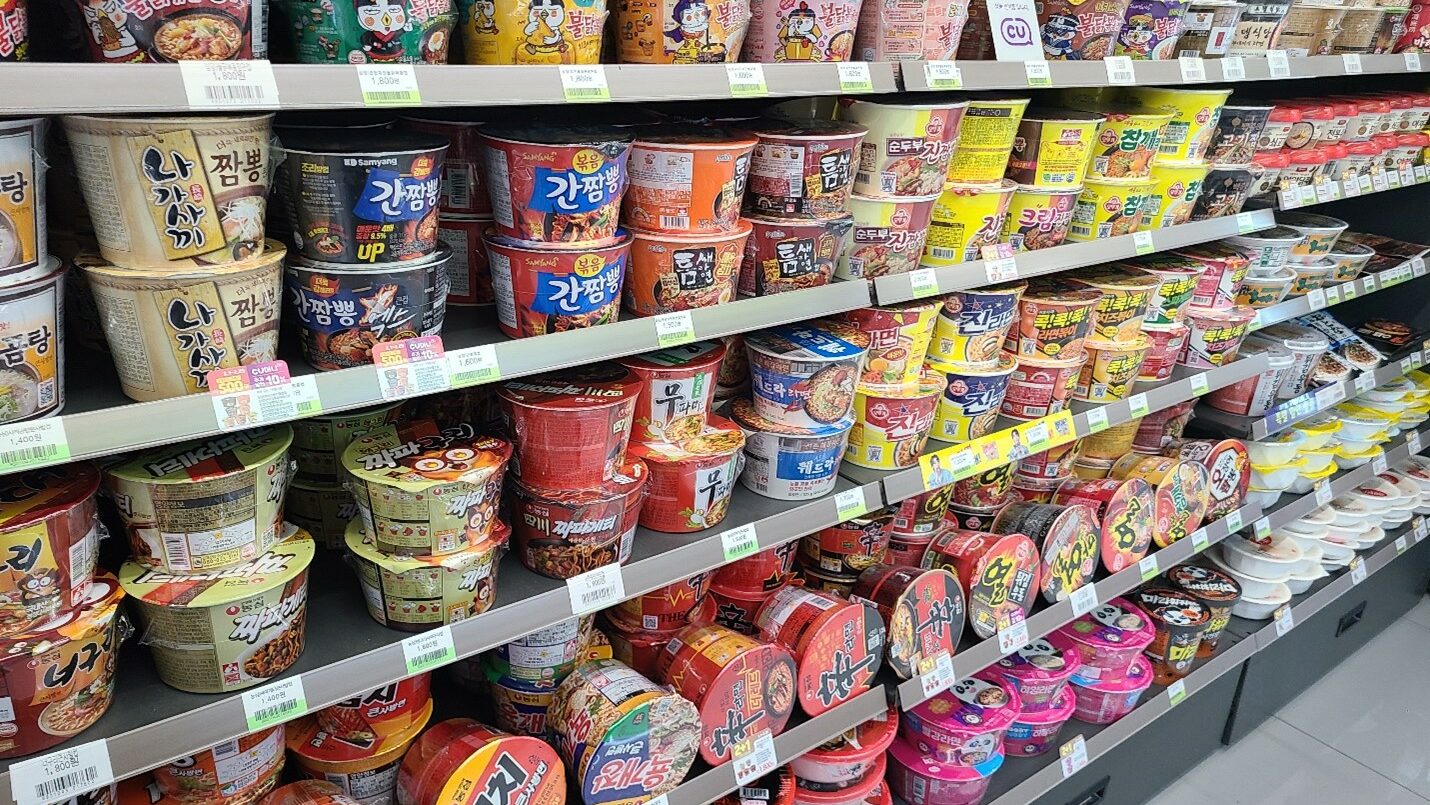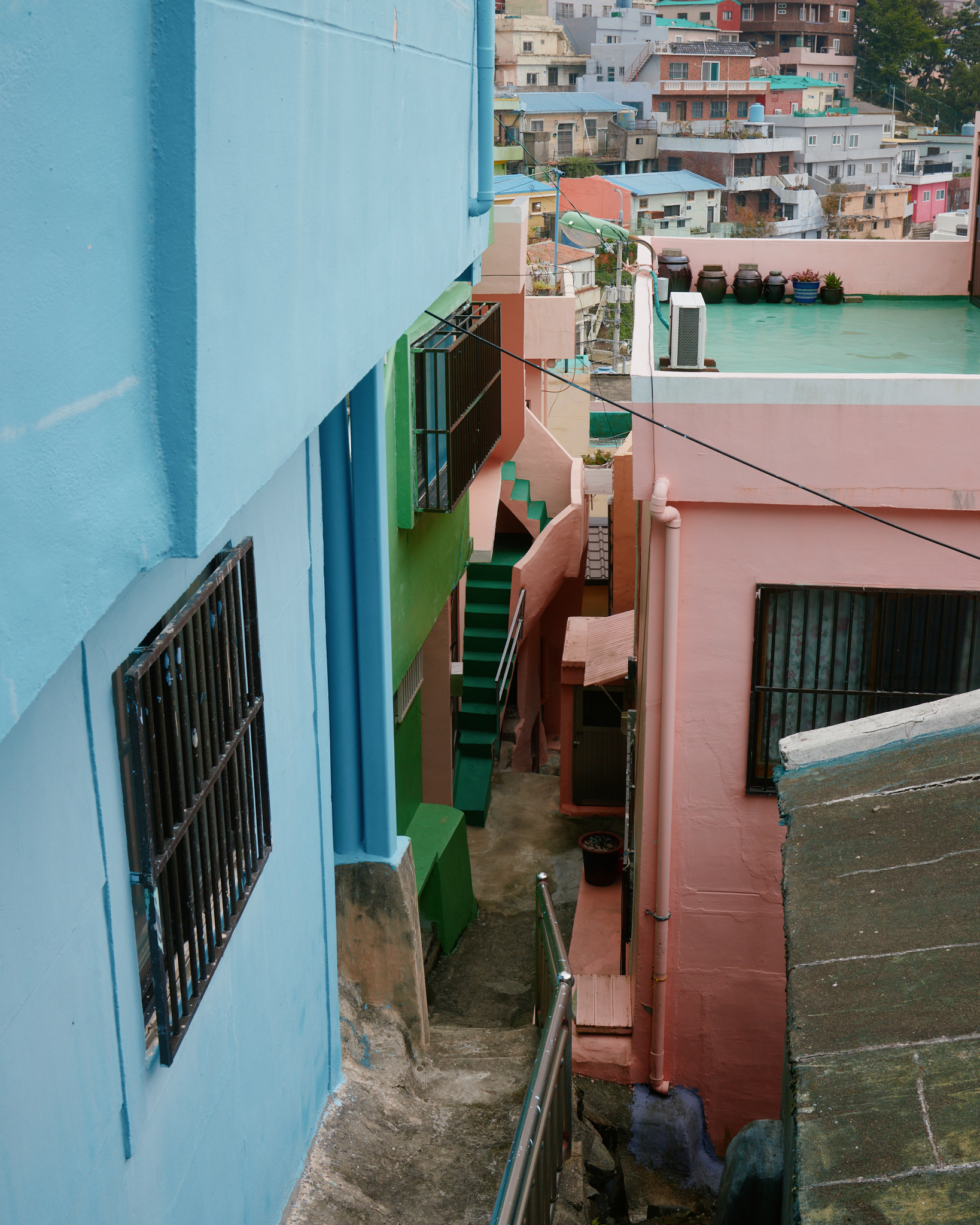Architecture in Seoul: 15 buildings worth seeing

When you think of architecture in Seoul or just the city itself, it isn’t often called beautiful. Dynamic, yes. Hi-tech, yes. Sprawling, definitely. But beautiful? Hm.
To be fair to the place, Seoul hasn’t had the best run of it. Decades of occupation and war don’t leave much room for architectural flair.
A bit of backstory.
During its colonial period, from 1910 to 1945, the Japanese neglected or demolished much of the capital’s traditional Korean architecture. Then, during the Korean War of 1950-53, when Seoul changed hands five times between North and South Korean forces, much of what remained was destroyed.
Pragmatism and poverty contributed to an ad hoc approach to rebuilding. Cheap, pre-fab buildings were thrown up without much consideration for cultural context or style. Traditional hanok villages were razed to make way for low-quality apartment buildings. Urban sprawl ran amok, and there was little or no funding for distinctive or important buildings.
It wasn’t until the 1980s, when Seoul hosted first the Asian Games and then the Olympics, that South Korea began to court international architects and fund architecture that was beautiful as well as functional.
The Art Decoration Law was introduced, mandating that an owner of a new building must earmark 0.7% of the construction cost to artworks for public view. This meant a huge increase in public sculptures – as any tall, new buildings had to be built with some funky art outside to meet the legal requirements.
This paved the way for a new generation of Korean architects, who returned from studying abroad in the 1990s infused with a desire to revive and develop Korean architectural identity through new building materials and technologies. In many cases, this happened with the backing of foreign companies and against the resistance of the Korean establishment — meaning some of the most interesting and innovative buildings in the city today aren’t public institutions but flagship clothing stores, international brand HQs, and even cafés and bars.
A beautiful Seoul?
So is Seoul beautiful? Perhaps not in the traditional sense of a Paris, a Florence or a Kyoto. But it has its own architectural story to tell, and there are many surprising, fascinating — and yes, beautiful — corners to discover.
Take Cheonggyecheon stream, for example, which went from a motorway in the centre of the city in the early 2000s to a total refurbishment success story that’s played a huge part in the centre’s regeneration. Now, the stream tells a story as you walk through it, from the modern starting point, through traditional Uigwe prints and ancient stones, getting wilder the further you go along.
If you like the sound of that, here are some of our other favourite unexpected architectural highlights of Seoul.

Starfield COEX Mall
This one’s not much of a secret: you’d struggle to visit Seoul without hearing about COEX — but you might not expect an underground shopping mall to be an architectural highlight. Nevertheless, it is. Start with the giant, gold ‘Gangnam Style’ hands outside, then head in for the amazing Starfield Library, with its towering multi-storey bookcases.
Bongeunsa Temple
Just across the road from COEX, Bongeunsa Temple is one of the oldest Buddhist temples in Seoul. It’s best-known for its 28-metre statue of Maitreya Buddha, but what we love about it is its atmosphere of authenticity. Less architecturally flashy than Jyogesa Temple, Bongeunsa feels like a living, breathing place of worship — filled with locals actually praying and chanting.

Jogyesa Temple
For a great contrast with Bongeunsa, head to Jogyesa. Highly decorative and thronging with visitors, this isn’t the place to come for quiet and reflection. Instead, expect the hustle and bustle of downtown Insadong within and without, with brightly coloured art installations, ceilings strung with lanterns, and manicured flower gardens.
The Berlin Wall
Yes, you heard us right. Head to Berlin Plaza in central Seoul and you’ll find a section of the Berlin Wall, given to South Korea by Germany in 2005 as a symbol of hope for peaceful reunification.
Sewoon Sangga
Fifty metres wide and almost a kilometre long, the Sewoon Sangga shopping mall certainly isn’t beautiful in the traditional sense. In fact, it has regularly been voted ‘Seoul’s ugliest building’ in polls since 1972, when its hulking profile (now dwarfed by surrounding skyscrapers) dominated the city’s predominantly low-rise skyline.
But what Sewoon Sangga lacks in looks it makes up for with its fascinating history. Built on a corridor of land that was originally cleared to stop the spread of fire and provide for evacuation during WWII, it became a settlement camp for refugees in the 1950s before being redeveloped as a ‘city within a city’ in the 1970s. Even now, it’s almost unique in its inclusion of residential, manufacturing and commercial spaces under the same roof.
Having narrowly escaped demolition in 2009, run-down Sewoon looks set to be redeveloped and revitalised in the coming years — so watch this space.
Apgujeong Rodeo Street & Cheongdam Fashion Street
In the Gangnam District, intersecting at the Galleria mall, these two streets became ground zero for architectural experimentation in the 1990s, when international luxury brands began commissioning flagship stores along their flanks.
A far cry from the indentikit high street, these buildings are works of art — from the billowing, petal-like Christian Dior flagship to Philip Lim’s white cube, the optical illusion that is the 0914 building, and the extravagant glass facades of the Chungha Building and Louis Vuitton (best seen lit up like lanterns at dusk).
The curvaceous Lie Sangbong HQ and the handbag-shaped Simone Handbag Museum are also nearby — as is the angular, black Juun.J, inspired by Tanizaki’s celebrated essay on Japanese Aesthetics ‘In Praise of Shadows’.

Dongdaemun Design Plaza
Dongdaemun Design Plaza (or DDP to the locals) has all the grand scale and space-age curves you’d expect of its late, legendary designer, Zaha Hadid. One of Seoul’s most celebrated buildings, this cultural hub is a major tourist attraction and a sure-fire highlight of any architectural tour. The building itself is worth the trip — but be sure to stick around to take advantage of its overwhelming abundance of art exhibitions, light shows, shops and restaurants.
Wongaksa Pagoda
Seoul doesn’t have many historical buildings (traditional timber construction doesn’t survive well in wars), but this twelve-metre, ten-storey, marble pagoda is an exception.
Dating all the way back to 1467, it was built as part of Wongaksa Temple by King Sejo. After the temple was closed down (reportedly to become a kisaeng house — or government-sponsored brothel), the pagoda was kept as a memorial. Its top portion was knocked off during the Imjin War of the 16th century, and was only restored in 1947. Today, it’s considered a national treasure and stands in a giant glass box in Tapgol Park.
Seoul City Hall
Seoul City Hall is a great example of two very distinct periods in Korean architectural history. The original building (now a library) dates back to occupation, and represents the Japanese ‘Imperial Crown’ style of architecture, which was essentially neoclassical with Japanese-style elements.
Looming over and around it, however, is a much more exuberant building: the huge, curvaceous, glass-faced bulk of the New City Hall. Completed in 2012, it reflects postmodern Korean architecture’s fusing of traditional cultural elements with cutting-edge materials and techniques. Be sure to check out the entry lobby, whose plant-covered walls and art installations continue the impressive effect.
Lotte World Tower
This is another one you’re unlikely to miss. 555 metres tall, this is the sixth-tallest building in the world — but its extreme height is only part of its appeal. Head to the glass-floored Sky Deck on the 118th floor for vertigo-inducing photo ops, then don a red jumpsuit and helmet to take the 11-metre skywalk bridge between the two towers (if you dare). Needless to say, the views are the best in Seoul.
Peace Culture Bunker
A former defensive tank shelter turned creative community hub, the Peace Culture Bunker joined the ranks of Seoul’s converted military buildings in 2018. The redesigned space contrasts sleek steel and timber with the rough, worn concrete of the original 1970s structure, and instead of tanks, its 250-metre-long sequence of C-shaped bunkers now house exhibition spaces, lecture halls, restaurants and artists’ studios.
Oil Tank Culture Park
Another example of unsightly industrial architecture repurposed into something new and exciting, the Oil Tank Culture Park was built after the oil crisis of 1973 as an oil depot. Now, its 6 giant reservoir tanks have been transformed into eco-friendly spaces for art exhibitions, cultural events, performances and more.

Eunpyeong Hanok Village
Unlike Bukchon, Seoul’s most famous hanok village, Eunpyeong was specifically conceived and developed by Seoul City as a historical, cultural and tourist site. If that sounds inauthentic and kitschy — think again. This is a serious effort to revive and respect Korean architecture, built in collaboration between top-drawer architects and traditional craftspeople with a mission to bring the hanok into the future. And, with the backdrop of Bukhansan National Park, it’s a peaceful, quiet spot that makes you feel like you’re out of the city.
Pino Familia
One thing you probably didn’t expect to find in Seoul is a Pinocchio museum. But here it is. Eccentrically designed by architect Moon Hoon in gunmetal-grey, its retro-futuristic curves are supposed to evoke the ‘wave and whale’ from the Pinocchio story.
Honourable mentions
Seoul has way too many architectural hotspots for one blog post, so here are a few more that didn’t quite make the cut. We hope you enjoy discovering a few more for yourself.
- Galleria Gwanggyo
- M. C. Building
- 63 Square Building
- Hyundai Mall
- Boutique Monaco
- Seocho Garak Tower East
- Kukje Gallery
- Ewha Womans University
- Saemoonan Church
- Seoul Floating Islands
- Samsung Jongno Tower
- Kring Kumho Culture Complex
- Shinhan EX:PACE
- Seodaemun Prison
All our South Korea itineraries include Seoul, making it easy for you to head out and explore all the amazing architecture on this list. Check out Essential South Korea for a start. We recommend hiring an e-bike to glide effortlessly from A to B!



